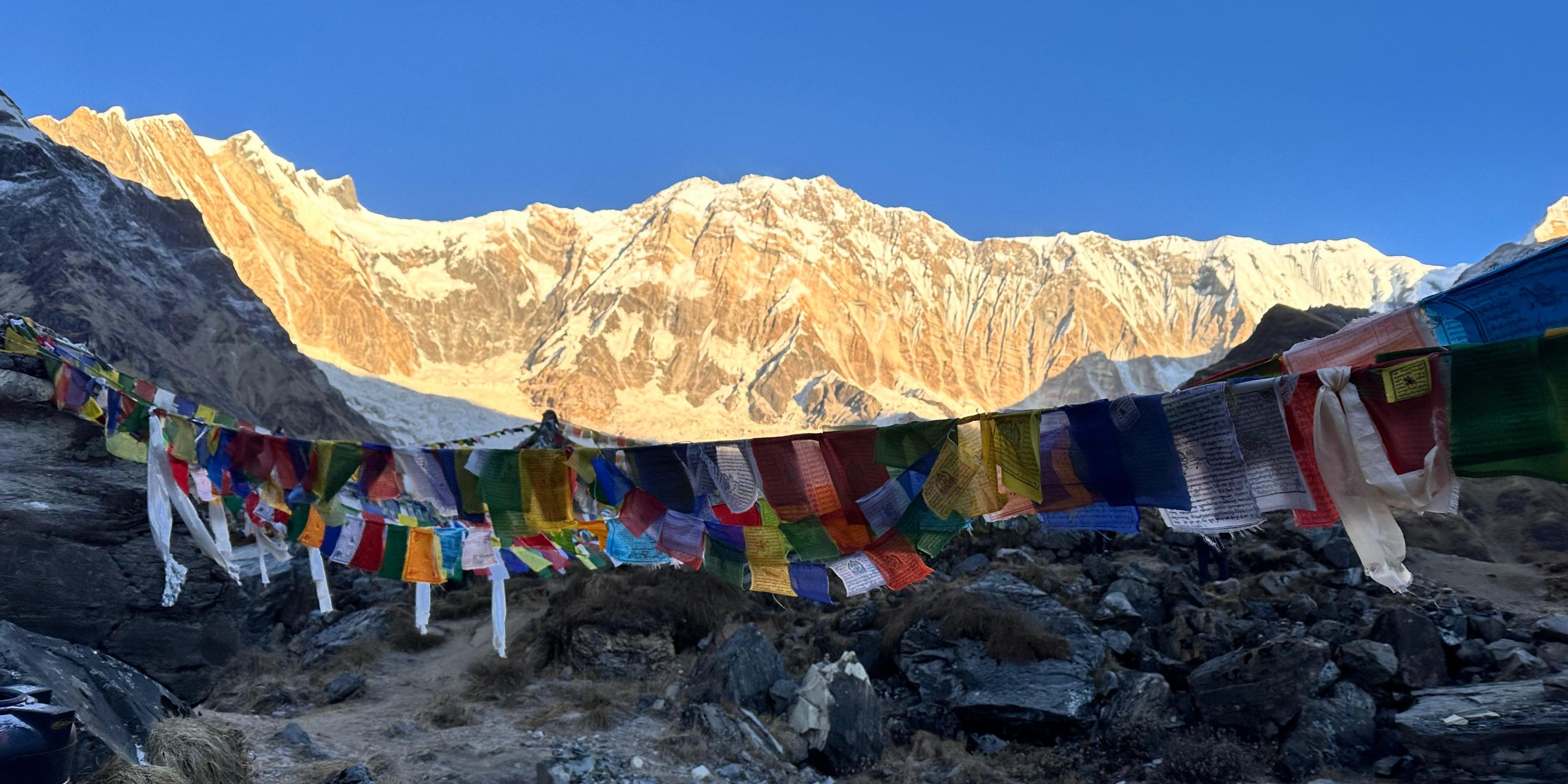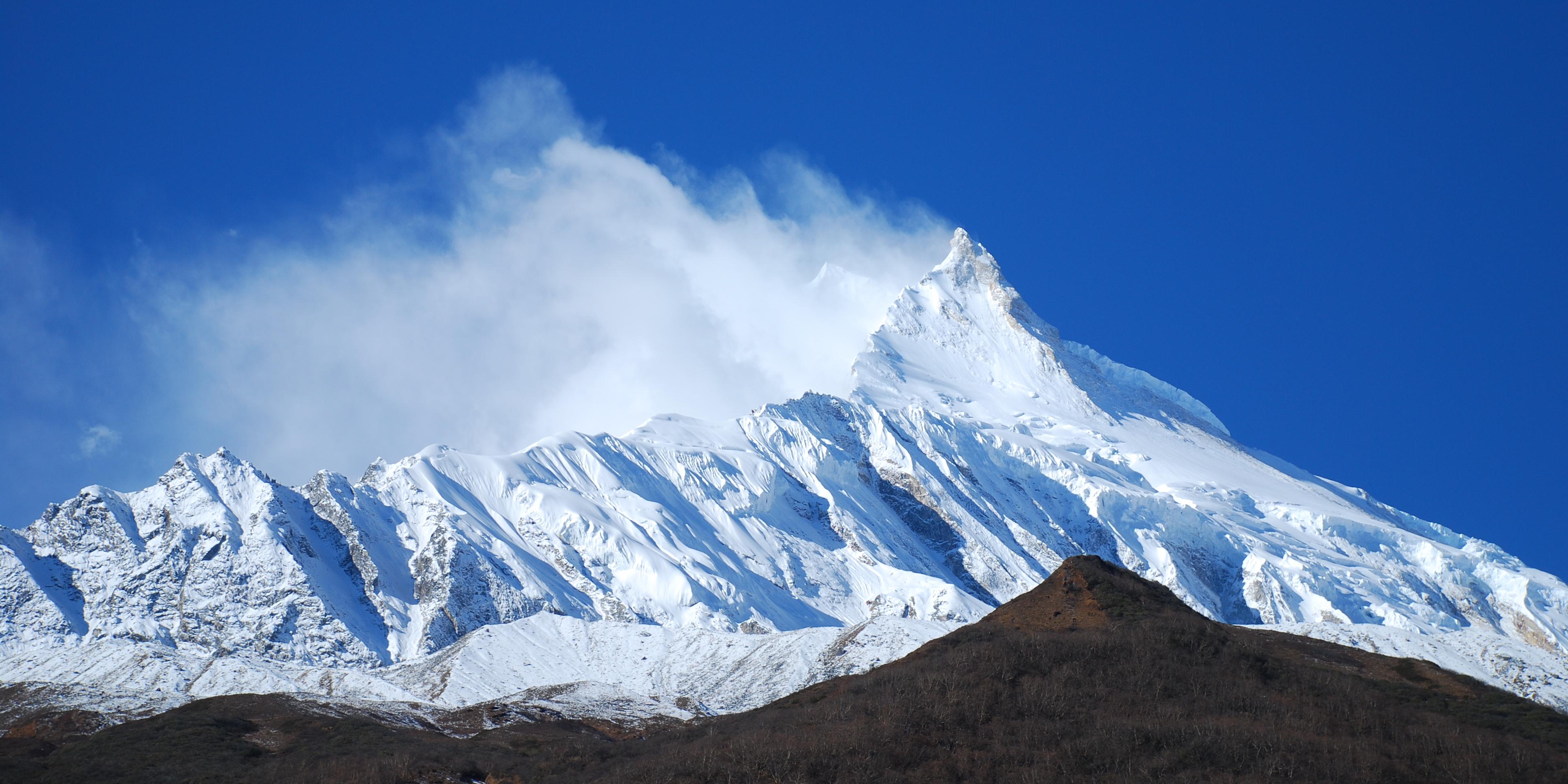Major Travel Activities in Nepal
Nepal, a landlocked country nestled in the heart of the Himalayas, is renowned for its stunning landscapes, rich culture, and warm hospitality. With e...

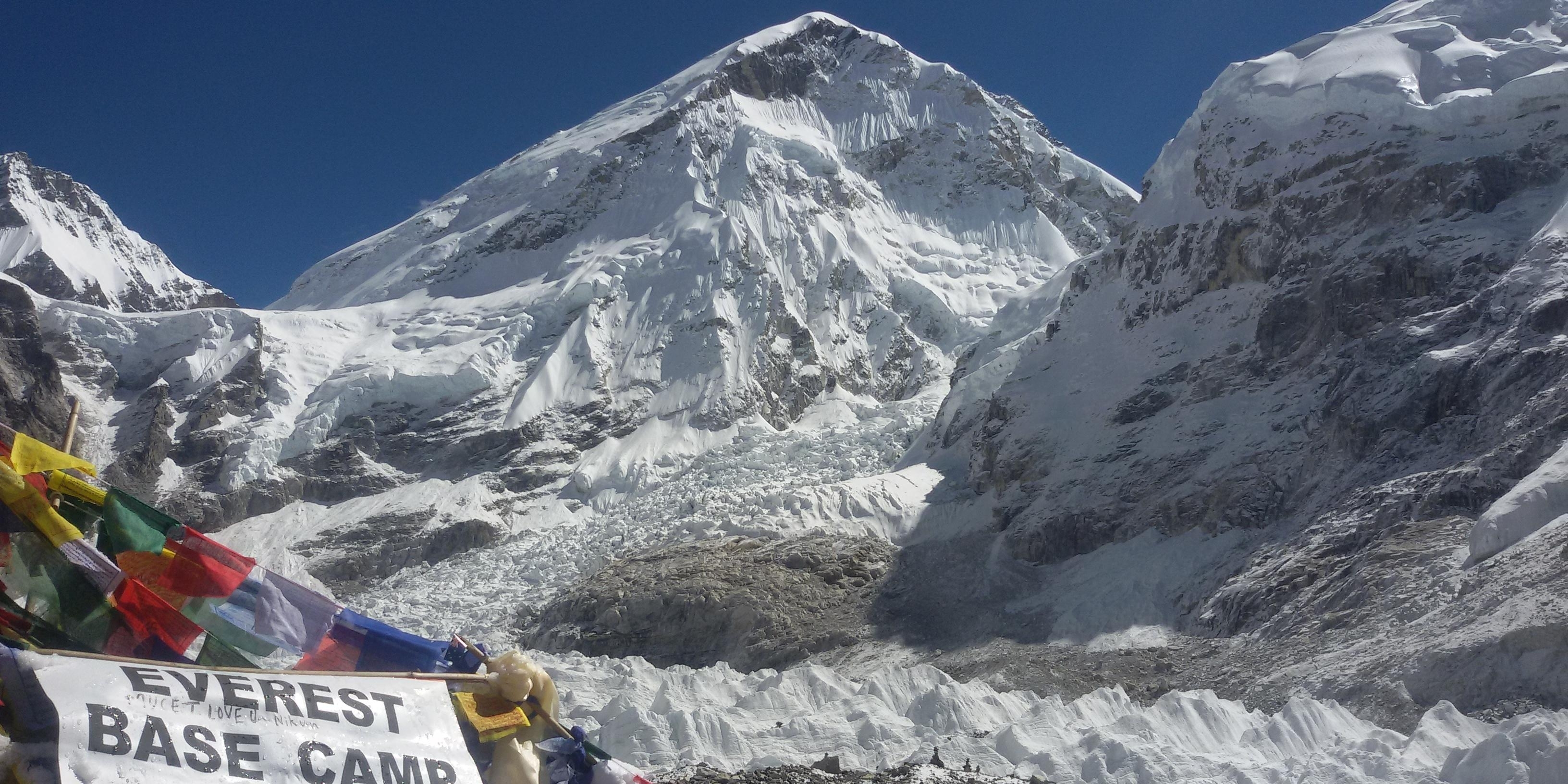
Everest Base Camp
Trekking is one of the most iconic and bucket-list adventures in the world.
Whether you’re an experienced trekker or an adventurous soul looking for your
first Himalayan experience, reaching the base of Mount Everest is an
unforgettable journey. But to make the most of this once-in-a-lifetime trek,
timing is everything.
The best seasons for
Everest Base Camp Trekking are generally considered spring (March to May) and
autumn (September to November) - and there are solid reasons behind this
recommendation. Let’s explore the characteristics of each season and understand
why some are ideal while others are more challenging.
1. Spring (March to May): A Blooming Season with Clear Views
Why it’s one of the best seasons:
Spring is widely favored by trekkers for Everest Base Camp Trekking, thanks to its stable weather, mild temperatures, and crystal-clear mountain views. Days are warmer, especially in lower altitudes, and the sky tends to be clear, offering spectacular views of Everest, Lhotse, Nuptse, and Ama Dablam.
What makes it special:
Rhododendron Blooms: The trail, especially through the lower altitudes like Phakding and Namche Bazaar, becomes colorful with blooming rhododendrons and other Himalayan wildflowers.
Climbing Season Atmosphere: This is also the time when Everest climbers begin their expeditions, so the Base Camp is lively and energetic, giving trekkers a taste of real mountaineering culture.
Excellent Visibility: Clear skies ensure that sunrise and sunset views are breathtaking from viewpoints like Kala Patthar and Tengboche.
Transportation and
Accessibility:
Flights to Lukla
operate regularly during this season due to relatively stable weather
conditions.
Trails are dry and
well-defined, making walking easier.
2. Autumn (September
to November): The Golden Window of Clarity
Why it’s another
ideal season:
Autumn is considered
the most reliable time for Everest Base Camp Trekking due to post-monsoon
clarity, comfortable weather, and amazing visibility. After the monsoon clears
the dust from the air, the mountains appear sharper, crisper, and more dramatic
than ever.
Highlights of this
season:
Clean and Fresh
Environment: Rain-washed trails and green valleys provide a refreshing
experience.
Stunning Mountain
Scenery: The panoramic Himalayan views are at their clearest, ideal for
photographers and nature lovers.
Cultural Festivals:
This period often aligns with major Nepali festivals like Dashain and Tihar,
offering cultural immersion if you spend time in local villages.
Transportation and
Accessibility:
Flights to and from
Lukla are consistent and less likely to be delayed.
Lodges and teahouses
are fully open, and trail services are well-organized.
3. Summer / Monsoon
(June to August): Wet and Less Ideal
Why it’s generally
not recommended:
While it’s possible
to do Everest Base Camp Trekking in the summer, it is not the ideal season due
to heavy rainfall, slippery trails, and low visibility.
Challenges during
summer:
Monsoon Rains:
Rainfall causes muddy and leech-infested trails in lower regions and frequent
cloud cover, making it hard to see the mountains.
Flight Cancellations:
Flights to Lukla are often delayed or canceled due to poor weather, causing
significant disruptions.
Landslides: Some
parts of the trail, especially between Lukla and Namche, may be prone to
landslides or roadblocks.
When it can still
work:
Experienced trekkers
or those who’ve already done the trek and want to avoid crowds might consider
this time, but it requires flexibility and risk tolerance.
4. Winter (December
to February): Cold, Quiet, and Adventurous
Why it’s a mixed
experience:
Winter treks to
Everest Base Camp are growing in popularity for those seeking solitude and
snowy Himalayan beauty, but it comes at a cost: extreme cold and harsh
conditions.
Pros of winter
trekking:
Fewer Crowds: The
trail is quiet, with less traffic and better accommodation options.
Snowy Landscapes:
Mountains and trails are covered with snow, creating a magical winter
wonderland.
Challenges in winter:
Freezing
Temperatures: In higher elevations like Lobuche, Gorakshep, and Base Camp,
nighttime temperatures drop below -20°C.
Snow-Covered Trails:
Snow can block high passes and make walking difficult or even dangerous.
Flight Issues:
Weather disturbances can cause flight delays or cancellations to Lukla, and
fewer daily flights operate.
Recommendation:
Suitable only for experienced trekkers with proper winter gear and flexible
schedules.
Summary: Which Season
Should You Choose for Everest Base Camp Trekking?
Choose the best season
for Everest Base Camp Trekking based on the facts:
|
Season |
Ideal
For |
Weather |
Views |
Accessibility |
Crowd |
|
Spring
(Mar–May) |
First-timers,
photographers |
Mild
& stable |
Excellent |
Reliable
flights, dry trails |
Moderate
to high |
|
Autumn
(Sep–Nov) |
All
trekkers |
Clear,
dry, cool |
Best
clarity |
Very
reliable |
Moderate |
|
Summer
(Jun–Aug) |
Experienced
only |
Wet
& humid |
Poor |
Frequent
delays, slippery trails |
Low |
|
Winter
(Dec–Feb) |
Adventurers |
Cold
& snowy |
Beautiful
but snowy |
Risk
of flight cancelation |
Very
low |
In conclusion,
Everest Base Camp Trekking is possible throughout the year, but the best time
to go is during spring or autumn, when the weather is most favorable, the
scenery is at its peak, and the overall trekking experience is safe and
enjoyable.
If you’re planning
your trek, consider what matters most to you - whether it's the scenery, weather
stability, or cultural experience - and choose your season accordingly. Happy Holiday!s
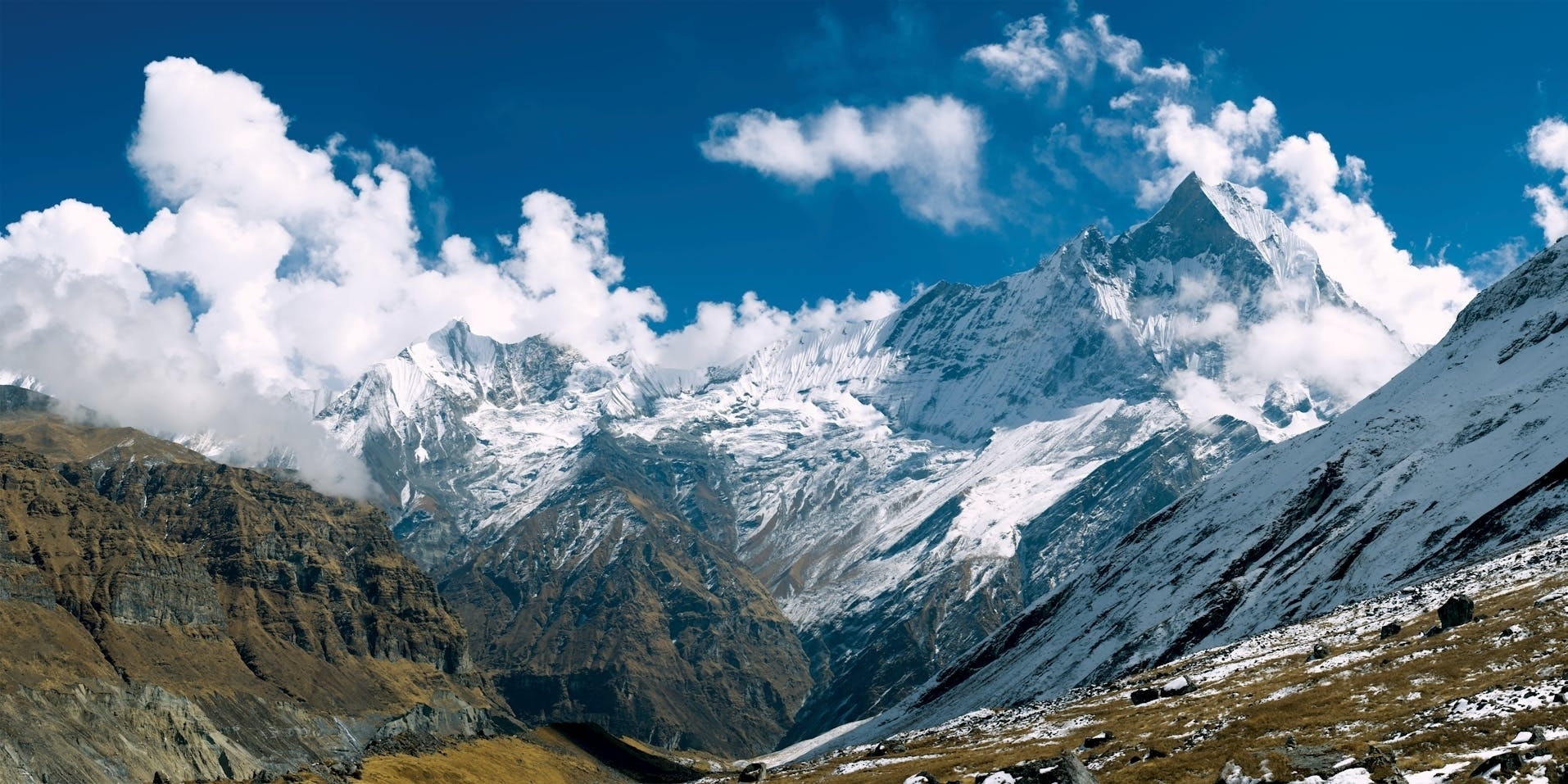
Nepal, a landlocked country nestled in the heart of the Himalayas, is renowned for its stunning landscapes, rich culture, and warm hospitality. With e...
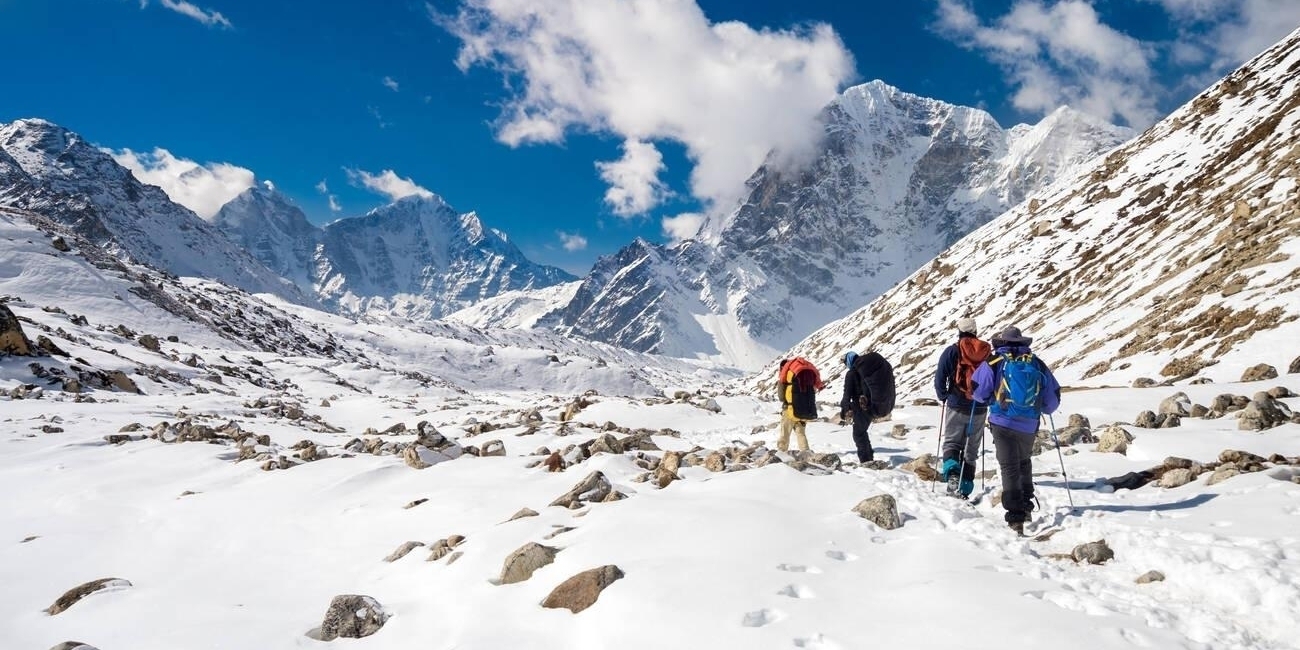
The Everest Region, renowned for its breathtaking landscapes and rich Sherpa culture, offers some of the most iconic trekking routes in the world. One...
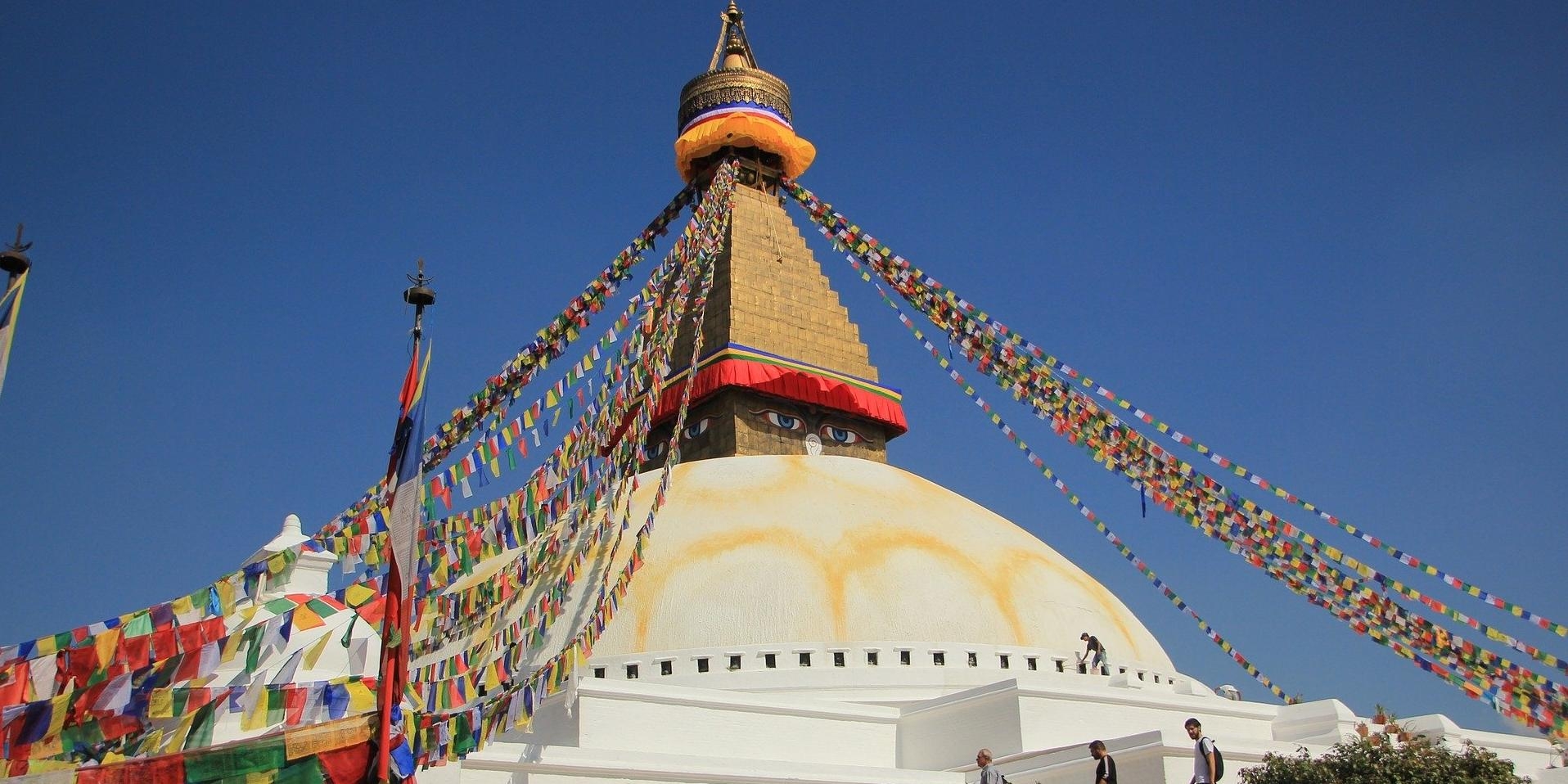
Nepal, a land of stunning landscapes and rich cultural heritage, offers a diverse range of tour destinations that promise unforgettable experiences in...
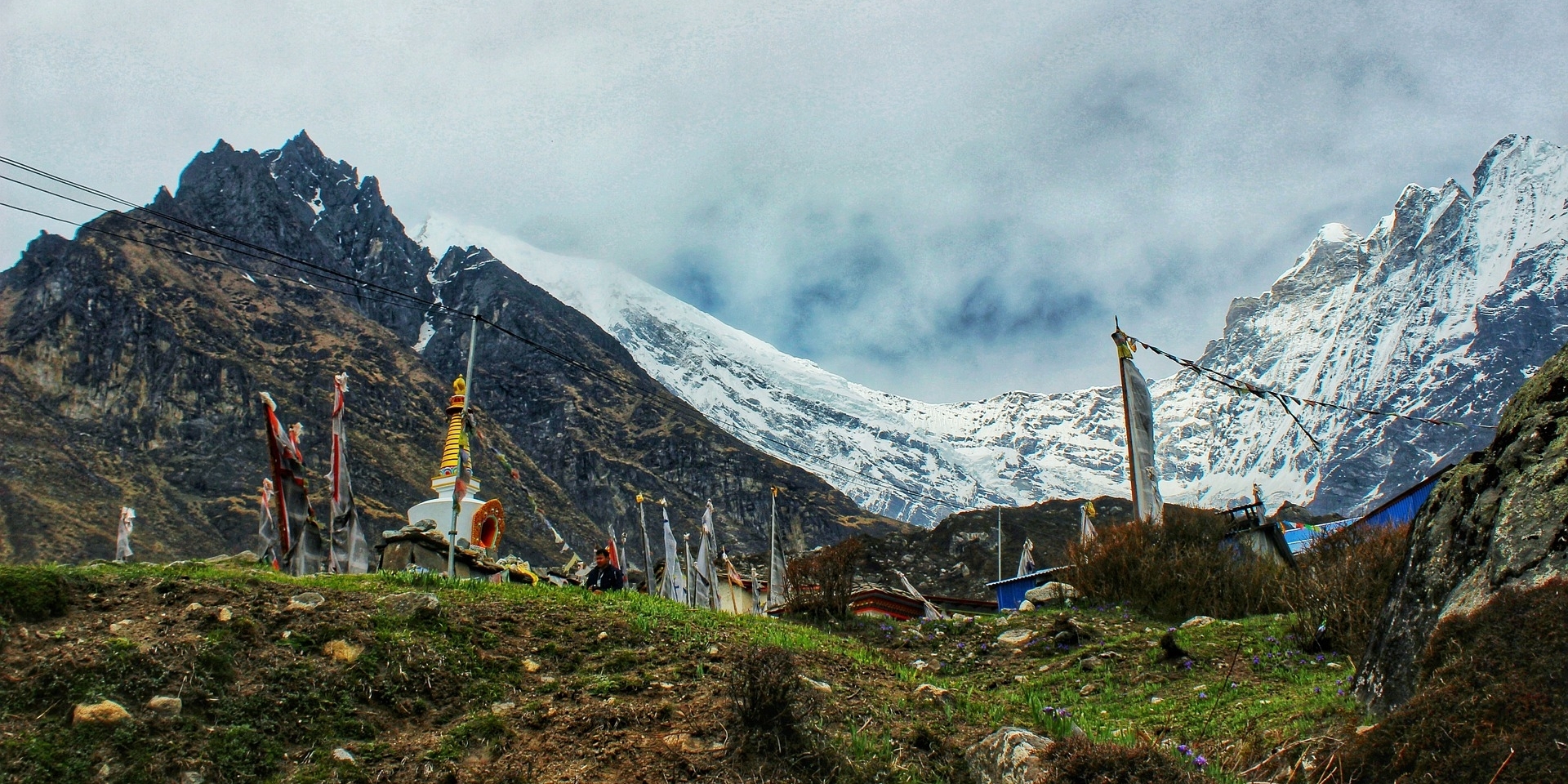
The Langtang Region, located in the northern part of Nepal, is a stunning trekking destination that offers breathtaking views, diverse landscapes, and...
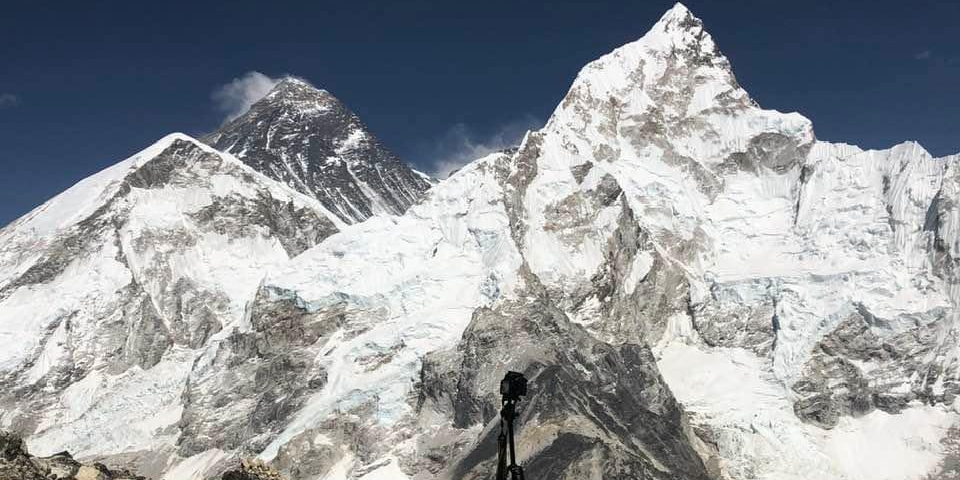
Discover why Everest Base Camp Trekking is the world’s top adventure trekking—breathtaking views, Sherpa culture, and a life-changing Himalayan journ...
